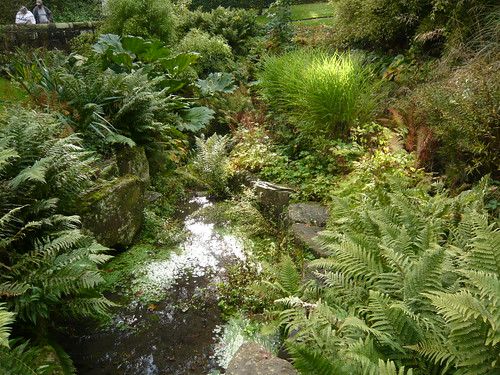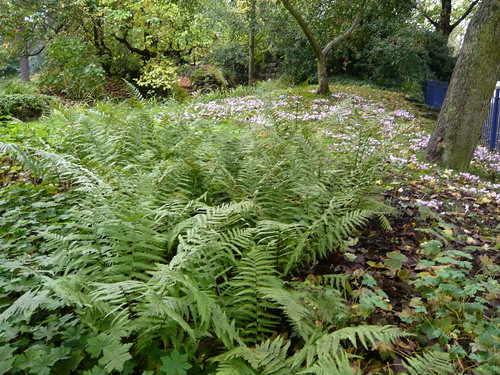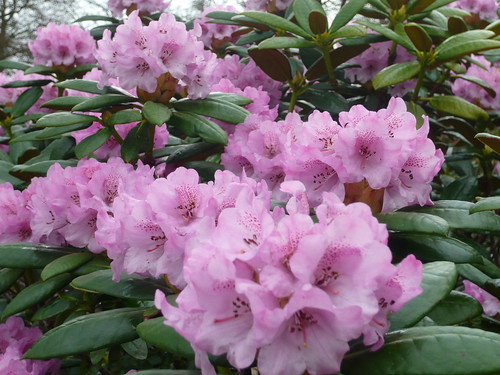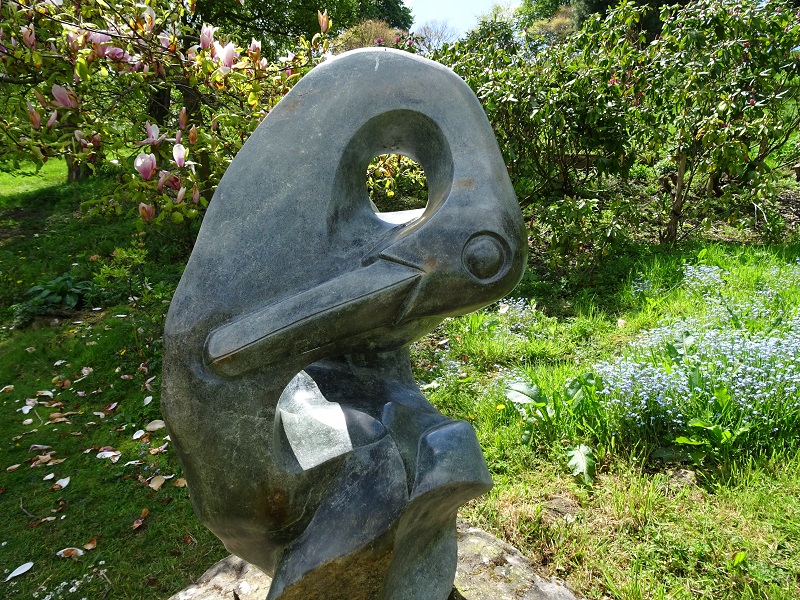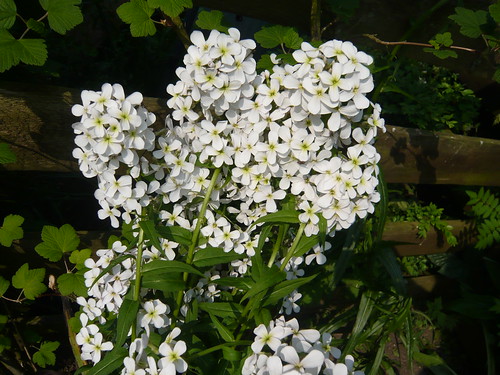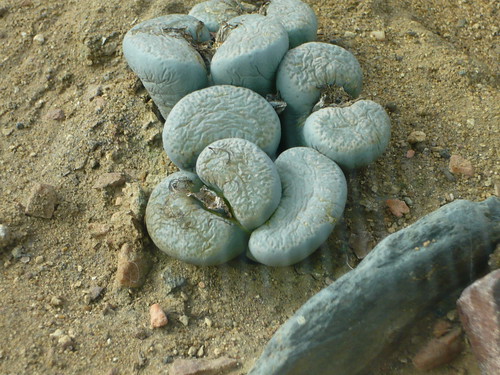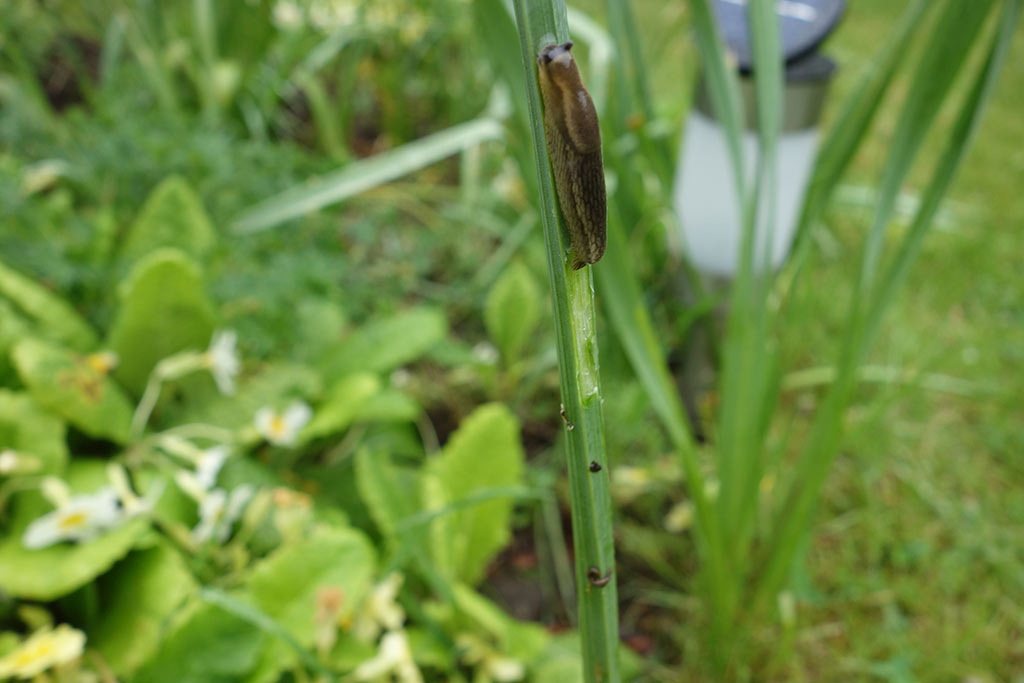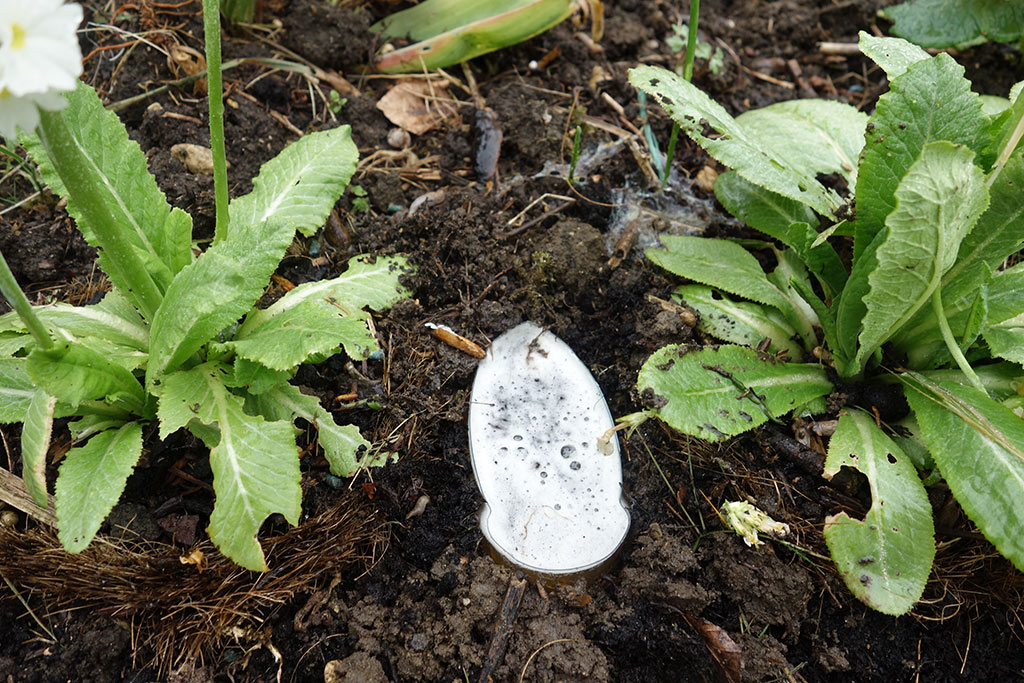Roses Cultivation Month by Month
Roses a Month by Month Cultivation Guide
Growing good roses is not difficult and plants are reasonable and long lasting. Plant them in good soil feed and care for them and they will reward you with magnificent blooms, scent, cut flowers and a great summer show. As a guide to growing roses there is a list on monthly tips and actions to help get the best from your plants.
January
Prepare sites for new roses to be planted in spring. Double dig the ground and add organic matter, compost, humus and/or manure. Mix in bone meal.
If the soil is frozen or waterlogged and unsuitable for planting heel-in bare rooted roses and plant when conditions improve. Normally planting can take place when the roses are dormant from November to March.
Plant to the same level or depth that the rose was grown to – do not plant any grafting below the soils surface.
Check for wind damage causing plants to rock and prune back autumn planted roses if not already done so.
Spray with tar-oil wash to kill over-wintering pests.
February
If soil is still unsuitable cover bare rooted roses in frost free conditions
Firm in any rose trees loosened by gales or frost
Plant seeds from rosehips and species roses in pots in a cold greenhouse
Plant any bare rooted trees if the conditions allow, steep in water for 24 hours if the roots are dry and put banana skins and bone meal in the hole. I am happy to plant 18inches apart for most trees with a bit more or less space depending on the vigour of the type and variety.
Later in the month in sheltered gardens pruning of established plants can start. Cutting out weak stems and a third of the oldest, woodiest growth will encourage new shoots.
Thin out over grown ramblers but take care or you will loose the years flowers if they are not the repeat flowering varieties.
March
Complete the spring pruning. Cut at a 45 degree angle just above a bud.
Spray plants and surrounding soil with a fungicide to kill spores of Rust, Black spot and mildew.
Apply rose fertiliser with balanced NPK 5:5:10 and trace elements by raking in the granules
Mulch with bark or well rotted compost. Avoid grass clippings.
Prune in frost free weather. Prune climbers by halving the length of side shoots and removing weak or damaged growth. Cut out frost damaged growth to undamaged buds.
April
Complete the feeding and mulching of established roses. Good mulching will help ward off mildew in the summer.
Water recently planted roses winters can be quite dry.
Weed by hand to avoid damage to roots and encouragement of suckers.
Tie new shoots of climbers and ramblers. Keep growths as horizontal as practical to encourage flowers.
Container grown plants can be planted out in a hole twice the size of the container back filled with good soil enriched with humus and bone meal.
Container plants should be soaked a day before planting, if the root ball is planted dry it is unlikely to become wet and the plant will be stunted and sickly.
May
Spray roses with a systemic insecticide for saw flies and aphids. Pirmicarb insecticide if you can find it shouldn’t kill beneficial insects.
Spray with a systemic fungicide at the same time
Water young plants if the weather is dry
Under plant formal rose beds with annuals, herbs or violas
Plant container roses like the smaller patio varieties
Try layering to get a new plant. Take a young stem and peg it to the ground about 6 inches from its end. Nick the pegged point so roots can form and put a stone over the peg to conserve moisture.
June
Admire your first flush of flowers of the season – take time out to smell the flowers.
Water during prolonged dry spells but don’t let the soil ‘pan’ – hoe or fork the surface
Keep weeds at bay and don’t damage the rose roots.
For extra large blooms disbud hybrid tea roses by taking out all but one bud per stem to get a show stopping rose.
Deadhead any early flowering roses
Remove suckers by tearing away from the root source not cutting as this encourages twice as many. Suckers have seven leaves whilst most roses have five leaves.
Visit other gardens in bloom and make a note of favourite varieties.
July
Tie in vigorous shoots on climbers and ramblers- cut up tights are as good as other ties and cheaper.
Feed with a rose fertilizer NPK 5:5:10 – the extra potash is good for flowers
Ensure container grown plants do not dry out after planting
Bud new roses to grafting stock by removing a one inch bud and inserting it into a T cut at top of the root on the stock. Tie it in with raffia. In the spring cut back the grafting stock to the grafted bud.
Deadhead modern roses and climbers cutting back to a leaf joint
Deadhead old fashioned roses except those you want to display hips.
Deadheading hybrid Tea and Floribunda roses encourages a second flush of flowers in late summer.
August
Continue with the good husbandry of watering and spraying for pests and disease. Remove and burn any infected leaves and clear weeds as they start to grow.
Look out for mildew that can be worse in dry conditions so water and mulch.
Give plants a foliar feed as roses can absorb nutrients through the leaves. This may help in alkaline soils where plants find it hard to take up feed.
Continue to deadhead and remove any suckers.
Order new plants for autumn delivery.
September
Apply sulphate of potash to harden new wood. Do not add other feed which encourages sappy growth that won’t survive winter.
Prune and tie up standard and half standard roses so they are not blown around in winter storms
Take 12 inch cuttings of ripe, woody shoots and plant them in a shady spot
Visit an autumn rose show at Harrogate or Malvern
October
Tidy up the rose beds, clear weeds and burn diseased leaves.
As flowers finish cut long stems back by about half to stop wind rocking the plants and damaging the rooting system during winter
Continue to take hardwood cuttings
Prepare any new bed with plenty of manure, mushroom compost or humus rich soil improvers
November
When planting new rose trees trim any broken or damaged roots and prune out any weak growth.
When planting new trees, add a sprinkling of bone meal in the planting hole. Pack the soil firmly around the rose tree.
Plant climbers 15 inches away from a wall or fence and fan out the main stems
December
Transplant mature trees cutting back roots to about 12 inches. Cut growth back hard.
Sow seeds in a cold frame.
In really cold climates pile straw fir branches or soil around the plants to protect through winter.
Have a last check for ties, damage, diseased leaves and pruning needs.
Add roses or membership of the Royal National Rose Society to your Christmas wish list. http://www.rnrs.org/
Credits
Rose by clouserw CC BY-NC-SA 2.0
Rose Plaisanterie, Rose Naema and Rose Inka ãƒãƒ© インカ by T.Kiya CC BY-SA 2.0









